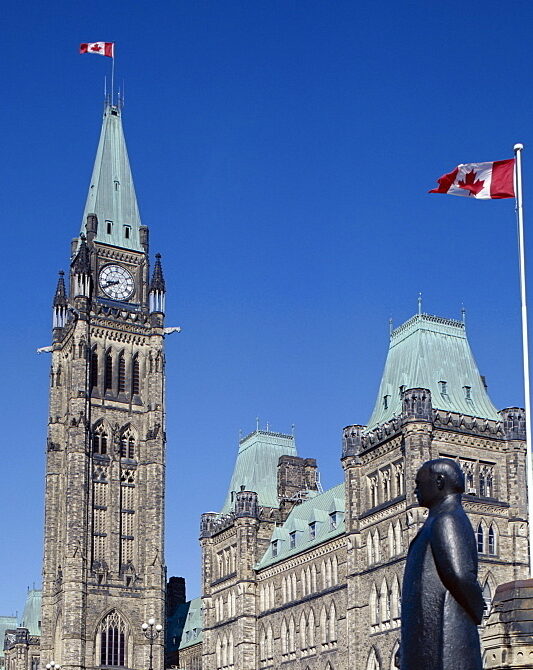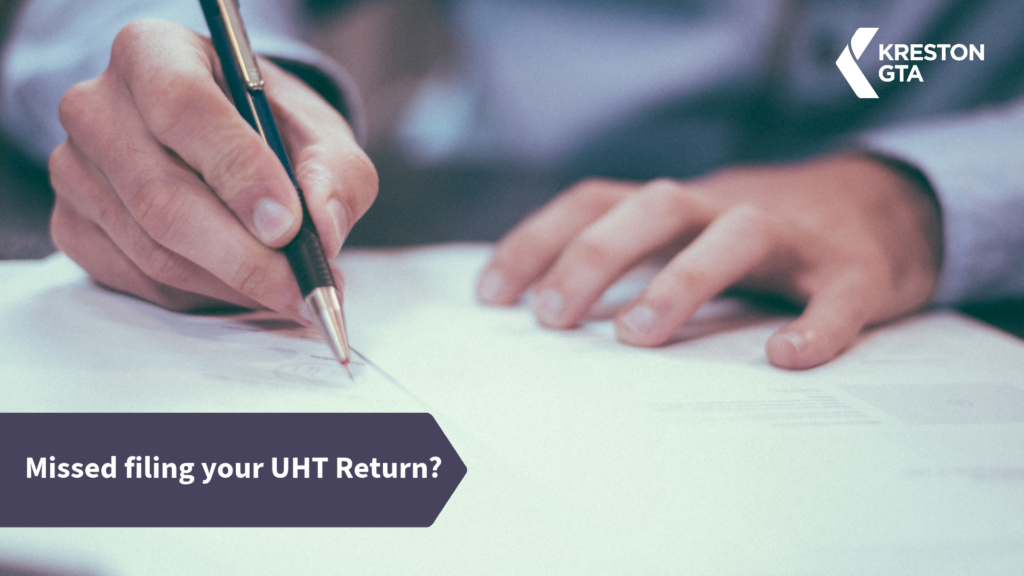Significant Changes to the Scientific Research and Experimental Development (SR&ED) Program are Coming!
December 18, 2024
Sector:
What Canadian Businesses Need to Know

Overview of the 2024 SR&ED Program Updates
On December 13, 2023, the Government of Canada announced significant changes to the Scientific Research and Experimental Development (SR&ED) program, representing a major shift in how Canadian companies can access research and development (R&D) tax incentives. As a Canadian Chartered Accountant, I want to break down these enhancements, which are designed to drive innovation, improve competitiveness, and support economic growth across our nation.
The SR&ED program is a cornerstone for Canadian businesses investing in R&D. It provides tax incentives—including credits and refunds—for eligible expenditures, making innovation more accessible to startups, SMEs, and public corporations alike. The latest reforms aim to streamline application processes, clarify eligibility, and expand the scope of claimable expenses.
Key SR&ED Program Changes for 2024
Increased Expenditure Limits for Enhanced Refunds
The enhanced 35% SR&ED tax credit rate is now applicable to expenditures up to $4.5 million (up from $3 million). This means qualifying Canadian-Controlled Private Corporations (CCPCs) can claim up to $1.575 million per year in fully refundable credits.
Raised Taxable Capital Thresholds
Taxable capital phase-out thresholds are being increased from $10 million and $50 million to $15 million and $75 million, respectively. This widens the eligibility for more mid-sized businesses.
Refundability for Public Companies
The program now extends the enhanced 35% refundable tax credit to eligible Canadian public corporations, on up to $4.5 million of qualifying SR&ED expenditures annually. This is a pivotal advancement, encouraging larger and publicly traded companies to invest further in R&D.
Restoration of Capital Expenditure Eligibility
Capital expenditures are once again eligible for both SR&ED investment tax credits and income deduction. This reinstates the pre-2014 rules, increasing the types of expenses businesses can claim. The new rules apply to property acquired and lease costs payable on or after the 2024 Fall Economic Statement.
For a comprehensive overview of SR&ED eligibility criteria and qualifying expenditures, visit our SR&ED tax incentives overview.
Implementation Timeline
These reforms are projected to take effect for taxation years beginning on or after December 16, 2024, unless otherwise indicated. Further clarifications and technical guidance will be released in the 2024 Fall Economic Statement.
Why These SR&ED Updates Matter for Canadian Companies
The SR&ED program is central to Canada’s innovation strategy, encouraging investment in new technologies, product development, and scientific research. The 2024 changes mean more businesses—from emerging tech startups to public corporations—can benefit from enhanced SR&ED refunds and expanded expense eligibility.
For business owners, CFOs, and R&D managers, understanding these updates is crucial for maximizing your SR&ED tax credits. Strategic planning now can increase your refund potential and positively impact your company’s cash flow and growth trajectory.
Next Steps: How to Prepare for the New SR&ED Rules
- Review your organization’s current and planned R&D activities.
- Identify capital expenditures that may now be eligible under the expanded rules.
- Consult with SR&ED specialists to optimize your claims and ensure compliance with the new criteria.
Curious about other ways to optimize your tax position? Explore our Canadian corporate tax planning services, and read more about government incentives for businesses.
If you have questions about SR&ED eligibility, claim preparation, or the forthcoming regulatory changes, reach out to the expert SR&ED specialists at Kreston GTA for guidance tailored to your business.
Frequently Asked Questions
1. What is the main benefit of the new SR&ED changes for Canadian businesses?
The primary benefit is the increased expenditure limit and expanded eligibility, allowing companies to claim larger, fully refundable tax credits on R&D expenses, including capital expenditures.
2. Do the SR&ED changes affect both private and public companies?
Yes. The 2024 updates extend the enhanced refundable tax credit to eligible Canadian public corporations, in addition to qualifying CCPCs.
3. When do the new SR&ED rules come into effect?
The changes take effect for taxation years beginning on or after December 16, 2024, unless otherwise specified.
4. Are capital expenditures now eligible for SR&ED tax credits?
Yes. Capital expenditures are once again eligible, restoring rules similar to those in place before 2014.
5. Where can I find more information on maximizing my SR&ED claim?
Visit Kreston GTA’s SR&ED Tax Incentives page or contact our team of SR&ED tax specialists for a personalized consultation.
Top 8 Google Searched Keywords
Contributors:
Spence Walker, Managing Partner
Sarmen Khatcherian, COO, SR&ED and Government Incentives
Balaji Katlai, Partner, Tax

